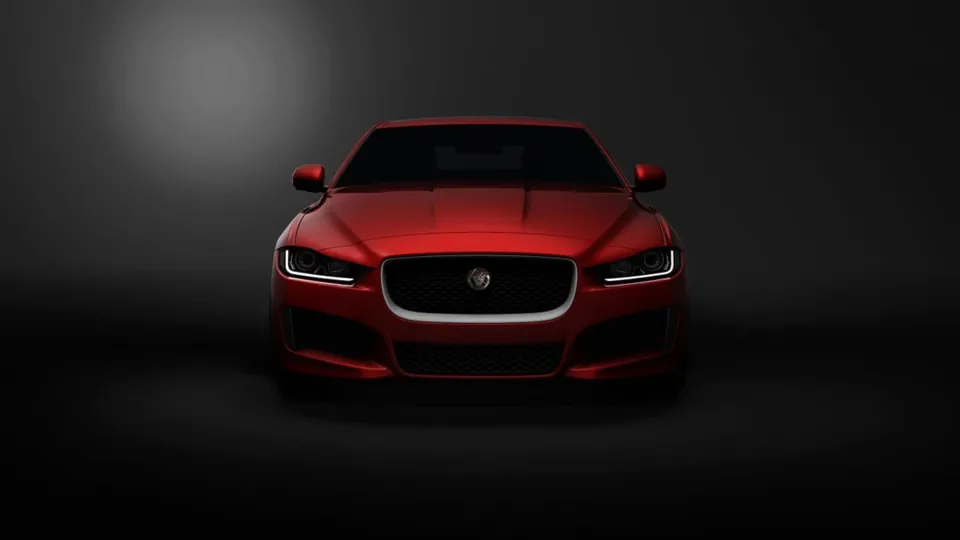Jaguar will unveil the latest addition to its saloon car family, the Jaguar XE, at a star-studded event in London on September 8, claiming to reveal level of innovation new to the segment.
Built around an all-new, aluminium-intensive architecture, Jaguar claims the XE "combines thrilling performance, agile handling and precise, responsive steering, with outstanding levels of refinement".
Mike Cross, chief engineer of vehicle integrity, said: "Jaguars have always been renowned for a balance of precise handling and a high-quality ride.
"The XE is the culmination of everything the company has learned over the years. The integral link rear suspension provides a combination of supple ride and crisp handling that is unmatched in this segment. We are on target to deliver a vehicle that dynamically outperforms our rivals."
Unique to this segment, the integral link suspension delivers major benefits over conventional multi-link designs, according to Jaguar.
By providing lateral and longitudinal stiffness, the integral link delivers sharp response and handling while retaining a refined, luxurious ride.
Many components of the integral link suspension have been forged or hollow-cast in aluminium to help reduce weight.
Mounted to a subframe with cast aluminium suspension towers, the XE’s double wishbone front suspension is based on that of the F-Type.
These aim to ensure ensure the XE enjoys a similar level of agility and ‘connected’ steering feel, says Jaguar. Like the rear suspension, many components are made from cast and forged aluminium and some are produced using a patented process.
The XE will be the first Jaguar to be equipped with the latest generation electric power assisted steering, which the company says will offer class-leading 'feel'.
Jaguar has developed all surface progress control (ASPC), a completely new feature in its class of rear-wheel drive cars.
Developed with the input of decades of Jaguar Land Rover experience in off-road traction systems, Jaguar says ASPC can electronically gain traction with far less drama than a human driver can achieve.
The system works like a low-speed cruise control to deliver optimum traction in the most slippery conditions without skidding and without the driver using the pedals.















Login to comment
Comments
No comments have been made yet.